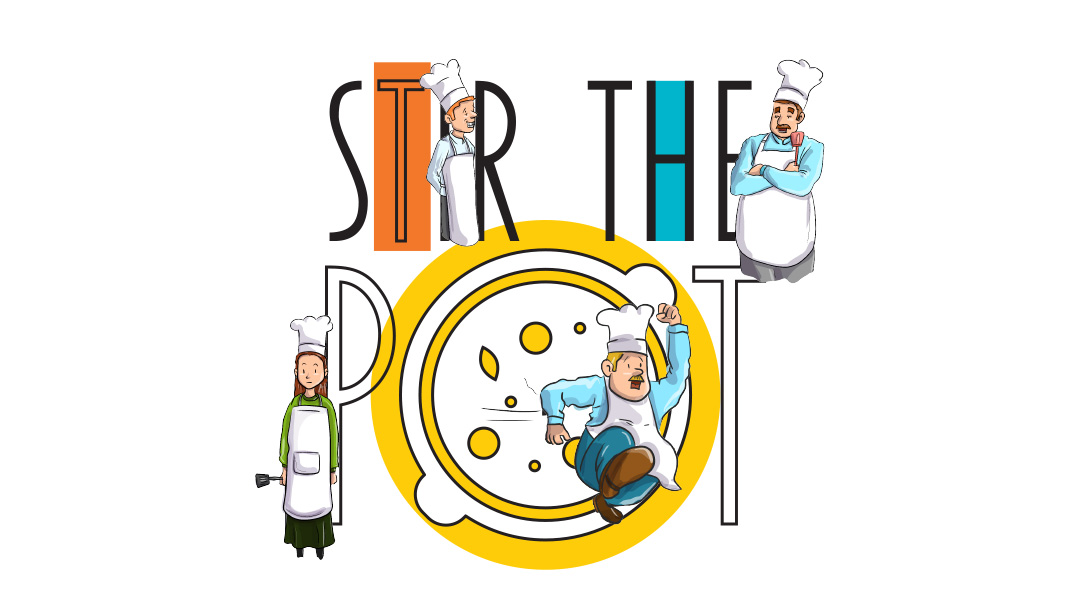Just One Bite

Food allergy diagnoses have skyrocketed over the past 20 years. Can new approaches stem the rise?

When my brother was 15 months old, my aunt presented him with what was, for him, a new food: a peanut butter sandwich. Four decades later, my mother still recalls with astonishment his reaction: He picked it up, sniffed it, and threw it across the room.
It seemed funny at the time, but as it turned out, my brother is allergic to peanuts. Not only can’t he ingest peanut butter, but a mere whiff of the stuff can trigger an allergic reaction. A taste can, chas v’shalom, be life-threatening.
“When I’m having an allergic reaction, my lips and mouth start to swell. My eyes begin to itch and become watery,” my brother describes. “When it’s a really bad reaction, I’ll get a terrible itching in my throat. It feels like it’s closing up on me, which is what’s actually happening. The airways are swelling shut.”
My brother is one of the 31 million people in America who suffer from food allergies. For these people, a small taste of everyday foods can cause mild to severe reactions that wreak havoc in their bodies.
Mild symptoms can be treated with a simple oral histamine, but severe symptoms such as anaphylaxis, a life-threatening reaction in which the airways swell shut, require immediate medical care. Each year, there are around 30,000 allergy-related emergency room visits in the United States, according to the Centers for Disease Control and Prevention (CDC).
On the Rise
During her elementary school years, Adina Stern was the lone food- allergy sufferer among her friends. When she volunteered at a day hab center during high school, however, she found a three-page list of allergic patients, ranging in age from pre-1A through eighth grade. “When I was a kid, there would have been a list with just my name or maybe one other girl on it,” says Adina, who is now in seminary.
Over the last few decades, allergies have become increasingly common. In fact, between 1997 and 2008, food allergies doubled, and tree nut allergies more than tripled in the US, according to the CDC.
“The incidence of foodborne allergies has gone up a lot, but some of it is better diagnosis,” says Dr. Marc J. Sicklick, who has four decades of experience in allergy and immunology, and maintains a private practice in Cedarhurst, New York. “When I grew up, I had one friend with food allergies. That was it. It was almost unheard of. But over the past few decades, as awareness of food allergies has increased; so have the number of evaluations. The result is that we now have more diagnoses.”
Oops! We could not locate your form.







